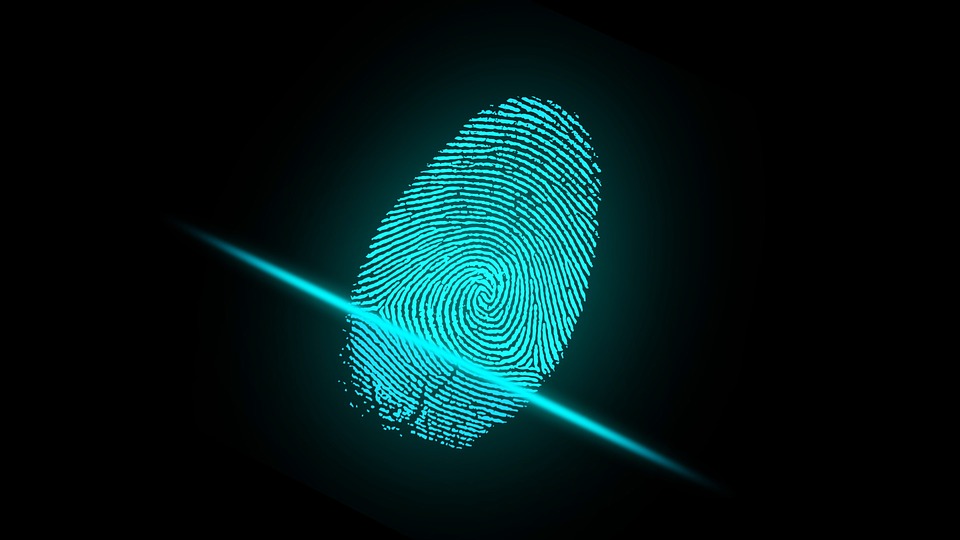Biometric authentication refers to the use of unique physical or behavioral characteristics to verify the identity of an individual.
One of the most popular forms of biometric authentication is fingerprint recognition, which uses the unique pattern of ridges and valleys on a person’s fingers to verify their identity. In this article, we will explore the basics of fingerprint biometrics, how it works, and some of the frequently asked questions about it.
What is fingerprint biometrics?
Fingerprint biometrics is a form of biometric authentication that uses the unique patterns of ridges and valleys on a person’s fingers to verify their identity. Each person’s fingerprints are unique, and the pattern of ridges and valleys on their fingers is formed in the womb and remains unchanged throughout their life. Fingerprint biometrics can be used in a wide range of applications, including access control, mobile device authentication, and forensic investigations.
How does fingerprint biometrics work?
Fingerprint biometrics works by capturing an image of a person’s fingerprints and comparing it to a stored template. The process typically involves the following steps:
- Image capture: A device such as a fingerprint scanner captures an image of the person’s fingerprints. This can be done using optical or capacitive sensors.
- Feature extraction: The captured image is processed to extract the unique features of the person’s fingerprints, such as the pattern of ridges and valleys.
- Template creation: The extracted features are then used to create a template, which is a mathematical representation of the person’s fingerprints.
- Template comparison: When the person attempts to authenticate using their fingerprints, the stored template is compared to the newly captured template to determine if they match.
What are the benefits of fingerprint biometrics?
The main benefits of fingerprint biometrics are:
- Security: Fingerprint biometrics provides a high level of security as it is based on a unique physical characteristic that is difficult to replicate.
- Convenience: Fingerprint biometrics is easy to use and requires no special equipment or knowledge.
- Efficiency: Fingerprint biometrics can be used for fast and efficient authentication, reducing the time and effort required for manual authentication processes.
- Accuracy: Fingerprint biometrics provides a high level of accuracy as it is based on a unique physical characteristic that is difficult to forge.
What are the concerns about fingerprint biometrics?
There are some concerns about the use of fingerprint biometrics, including:
- Privacy concerns: Some people may be concerned about the collection and storage of their biometric data.
- Accuracy concerns: In some cases, fingerprint biometrics may not be accurate due to factors such as poor image quality or changes in the person’s fingerprints due to injury or aging.
- Security concerns: There is a risk of data breaches or unauthorized access to biometric data, which can be used for identity theft.
- False positives/negatives: Fingerprint biometrics may result in false positives or false negatives, where the system either incorrectly authenticates an unauthorized person or fails to authenticate an authorized person.
What are some common applications of fingerprint biometrics?
Fingerprint biometrics can be used in a wide range of applications, including:
- Access control: Fingerprint biometrics can be used for secure access control to buildings, rooms, and devices.
- Mobile device authentication: Fingerprint biometrics can be used to secure mobile devices, such as smartphones and tablets.
- Forensic investigations: Fingerprint biometrics can be used in forensic investigations to identify suspects and link them to a crime scene.
- Time and attendance tracking: Fingerprint biometrics can be used for time and attendance tracking in workplaces to ensure accurate payroll processing.
FAQs about Fingerprint Biometrics:
- Is fingerprint biometrics secure?
Yes, fingerprint biometrics is generally considered to be a secure form of authentication as it uses a unique physical characteristic that is difficult to replicate. However, there is still a risk of data breaches or unauthorized access to biometric data, so it is important to implement proper security measures to protect biometric data.
- Can fingerprint biometrics be fooled?
While it is difficult to replicate someone’s fingerprints, it is not impossible. Fingerprint biometrics can be fooled using techniques such as creating fake fingerprints or lifting fingerprints from surfaces. However, these techniques require a high level of skill and resources, making them less likely to occur.
- Can fingerprint biometrics be used for children?
Yes, fingerprint biometrics can be used for children as well as adults. However, it is important to ensure that proper consent is obtained from parents or legal guardians before collecting and storing children’s biometric data.
- Can fingerprint biometrics be used for people with disabilities or injuries?
In some cases, fingerprint biometrics may not be accurate for people with disabilities or injuries that affect the fingerprints. In these cases, alternative forms of biometric authentication, such as facial recognition or voice recognition, may be more suitable.
- Is fingerprint biometrics legal?
The use of fingerprint biometrics is subject to legal regulations in many countries. It is important to ensure that proper consent is obtained from individuals before collecting and storing their biometric data, and that the data is stored and processed in compliance with relevant data protection laws.
Conclusion:
Fingerprint biometrics is a popular form of biometric authentication that uses the unique patterns of ridges and valleys on a person’s fingers to verify their identity. It offers a high level of security, convenience, efficiency, and accuracy, making it suitable for a wide range of applications. However, there are concerns about privacy, accuracy, and security that need to be addressed. By implementing proper security measures and complying with relevant regulations, fingerprint biometrics can be a reliable and secure form of authentication.

